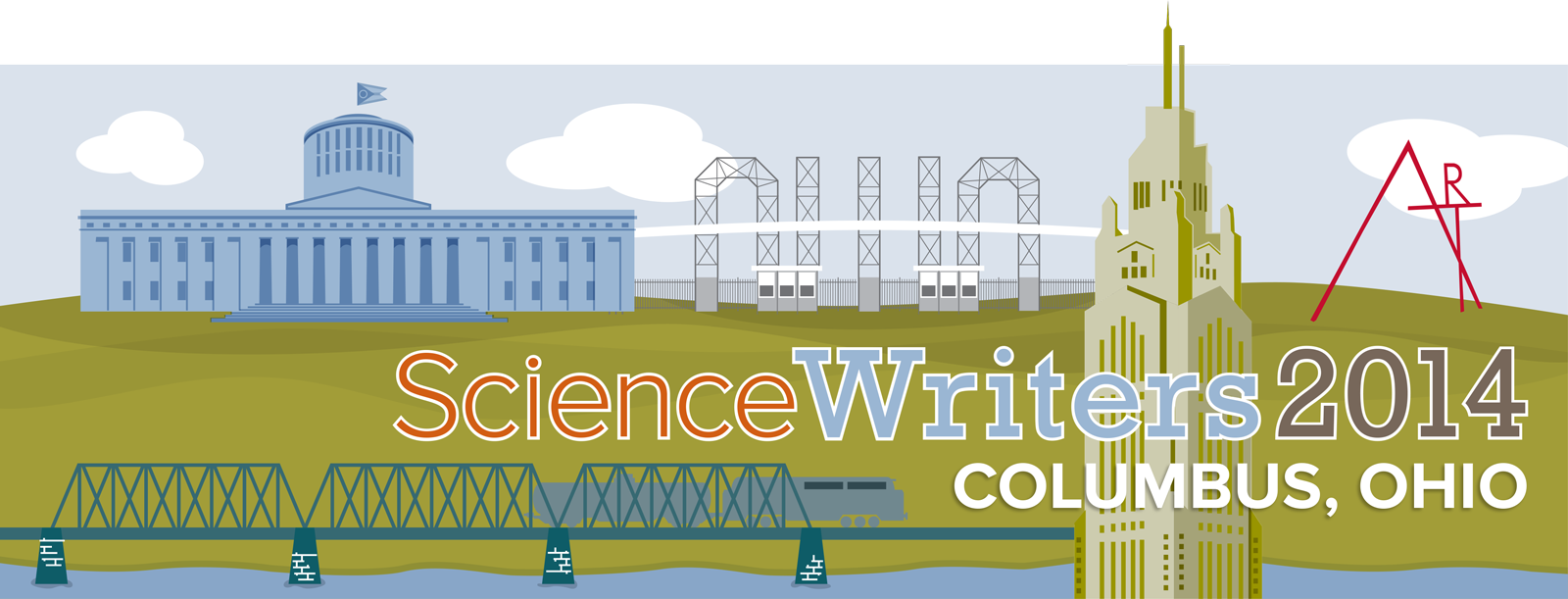Billions and billions of molecules: Exploring chemical space
- Time:
- Sunday, October 19th, 11:00 am to 12:15 pm
- Location:
- Emerson Burkhart AB, Hilton Columbus Downtown
- Speaker(s):
- Alán Aspuru-GuzikProfessor of chemistry and chemical biology, Harvard University
Astronomers and oceanographers have nothing on Alán Aspuru-Guzik. His cosmos, the space of chemistry, is vast—populated by no less than 10^60 possible molecules. Equipped with fast computers powered by principles of quantum chemistry and artificial intelligence, his lab conducts warp-speed searches for candidate molecules for energy and electronics. Earlier this year, after his team screened more than 10,000 quinone molecules, he joined colleagues in announcing a novel metal-free flow battery that might solve the grid storage problem for wind and solar energy. Such explorations of chemical space can advance basic science, he maintains—answering questions as basic as “how come we’re made of this, and not that?”
For supplemental information about this New Horizons in Science briefing, see the CASW website.




